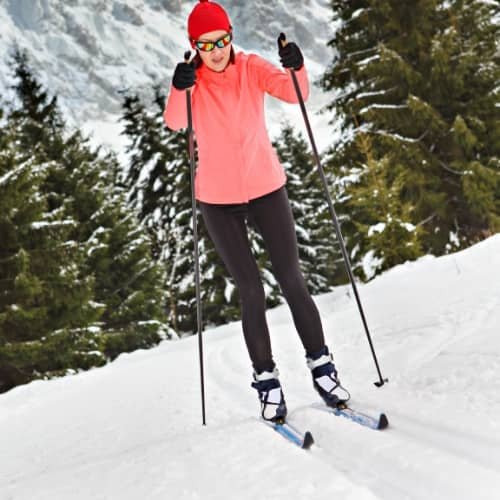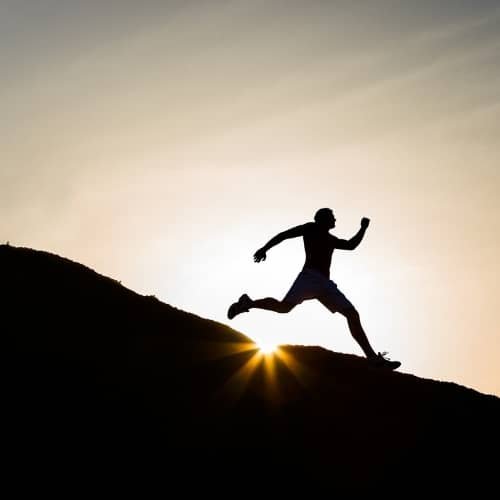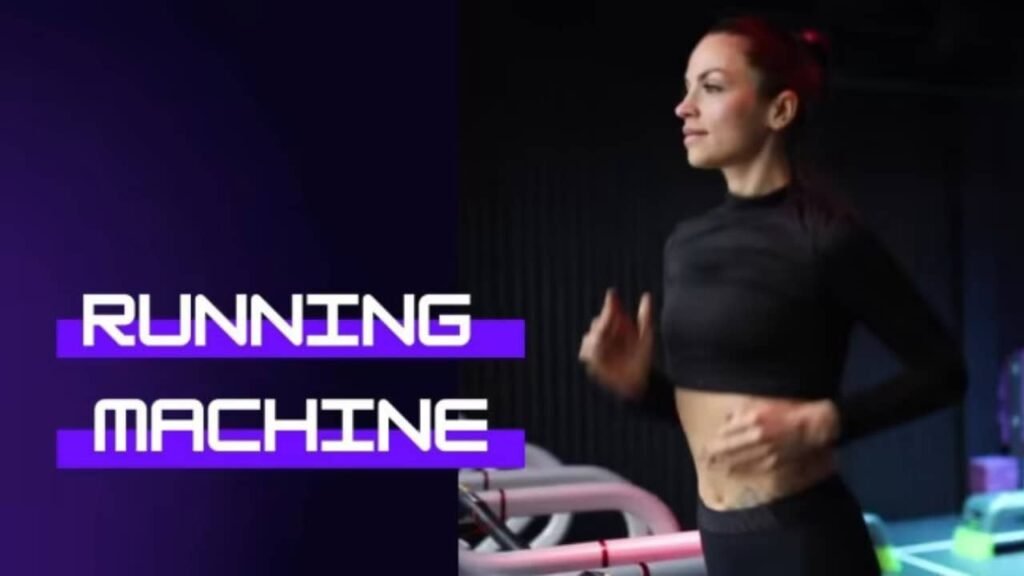Sports can be a great way to achieve a healthy lifestyle, and sports can also positively influence our lives. There’s chaos about choosing specific sports as fitness activities, like cross-country skiing, running, or swimming.
But what is more important is to be involved in some sports activity, rather than only having discussions. If you can’t be an active sportsperson, you should at least hit the gym or practice yoga or do jogging every day.
If you are still not convinced, we have a list of benefits of sports to motivate you.
Great Benefits of Playing Sports
- Better Sleep
- Strong heart
- New Connections
- Improved Lung Performance
- Increased confidence
- Reduce pressure
- Improve Mental Health
- Sports Build Leaders
Similarly, there has been a long discussion about cross-country skiing and running. Surprisingly, the debate is more about which is better than the other.
But we believe that every sport has its benefits, and the discussion should be about sports as a whole and not about which one is better than the other. Similarly, the discussion should be about cross-country skiing and running as individual subjects, instead of cross-country skiing vs running.
To narrow down the confusion, we have noted some benefits of both activities; to choose wisely between the two and choose your favorite ones.
Cross Country Skiing

Cross-country skiing is a form of skiing where cyclists rely on their hiking trails in the snow-covered area rather than ski lifts or other forms of assistance.
Cross-country skiing is widely practiced as a sport and leisure activity; however, some still use it as transportation. A variety of cross-country skiing is adapted to a wide range of terrain, including an undeveloped, sometimes mountainous area, to tailored courses designed specifically for the sport.
Modern cross-country skiing is similar to the original ski resort, where all forms of skiing came from, including skiing and Telemark skiing.
Skiers push themselves forward (old-fashioned) or side to side with skating skiing, aided by skipping arms on ice skates. It is practiced in regions with ice-covered areas, including Europe, Canada, Russia, the United States, Australia, and New Zealand.
Competitive cross-country skiing is one of the Nordic skiing sports, and Cross-country skiing and martial arts are two aspects of biathlon. Ski orienteering is a cross-country skiing that includes map navigation along snowy roads and tracks.
Benefits of Cross Country Skiing
Sliding on snow-covered paths may not seem like much heat, but trust, it is harder. “For me, the best part about ice skating is that it works on all the muscles you have,” says Brennan (skier).
“It’s like a very difficult game for that reason.”
Your triceps and lats drive your poles to the ground and push you forward; your legs keep your body and skiing moving; hips and glutes work to stay stable, and your spine helps to transfer the energy you produce to the upper body through your legs and skis, she explains.
And as it calls on every muscle to follow the trail, it burns “an insignificant amount of calories,” making it a very efficient exercise, adds Brennan. A study published in the Journal of Sports Science & Medicine found that an hour’s ice skating burns as many as two and a half hours of alpine skiing. (Although, moving your body is more than just burning calories.)
1. It Improves the Health of Your Heart
Skiing builds muscle, moves your feet forward, pushes your hips on the ice, and makes your heart beat faster, which is why this sport is often regarded as the “gold standard” of winter aerobic exercise.
World-class athletes have the highest VO₂ rates ever reported, according to a study in the journal Medicine and Science in Sports and Exercise. ICYDK, VO₂ max (maximum oxygen consumption), is the highest amount of oxygen a person can use during strenuous exercise.
In addition, high VO₂ max indicates the strength of the heart, or the ability of the heart, lungs, and arteries to pump oxygen-filled blood during long periods of physical activity.
“When you use all the muscles you have, your heart pumps a lot of blood to carry oxygen to your muscles, so your heart becomes stronger and your lungs become stronger by doing just that,” adds Brennan. “I think heart health is probably the biggest benefit in this game.”
2. It Is Easy for Your Joints and Good for Your Bones
Like running, dancing, and climbing stairs, skiing is a weight-bearing activity, which means standing up – and your bones supporting your weight – at all times.
This exercise helps build muscle and reduces mineral loss – something that weakens bones and increases the risk of a single fracture – in your legs, hips, and lower back.
The packaged powder you spray with comes with a few ingredients. “Because you are in the snow, the weight you carry does not have a negative impact on your joints,” says Brennan.
A small study published in the journal Medicine & Science in Sports & Exercise found that cross-country skiing puts less pressure on lower hip joints than running. And during low-impact activities, the body is under less stress, which reduces the risk of injury, especially for those with arthritis.
3. Improves Your Interaction and Your Sharpness
To navigate across the country, you need to keep each pole aligned with the opposite skiing while removing your weight from one to the other at every step, says Brennan. (For example, as you step with your right foot, you push the ground with your left foot and at the same time remove all your weight from your right foot.)
And both of those actions require deep interaction, he adds. “I think developing a person from putting skis first to getting to that point [of changing your entire weight] is a really good achievement and will definitely help in all aspects of sports and health,” he says.
Also, cross-country skiing regularly checks and improves your speed. While sliding on skis up to six feet in length, you need to speed up and step quickly, especially if you are cornering or skiing around a group of people.
Running
Running is a form of walking that allows humans and other animals to move quickly on foot. It is a type of walking characterized by an air phase where all feet are above ground (although there are exceptions).
Unlike walking, where one foot is in contact with the ground, the legs are kept mostly straight, and the center of gravity is above the standing leg or feet in the form of a deformed pendulum.
A feature of the running body in spring-mass mechanics is that the changes in kinetic energy and potential energy within a single step occur simultaneously, with the energy retention achieved by springy muscles and noninvasive muscle stretching.
Benefits of Running
1. Running Improves Heart Health
If you have ever run to catch a subway, a child, or your dog, and you feel you are breathing soon after, it is probably not surprising that running works for your cardiovascular system.
Your heart rate increases as you rush to pump more blood (and thus oxygen and nutrients) into your active muscles. Over time, with steady running, your heart and lungs cooperate.
Your heart becomes stronger, it enables you to pump large amounts of blood through each rhythm, and your lungs become stronger and absorb more air with each breath. As your heart rate improves, you can run faster with less effort.
2. Running Builds Muscle Strength
At one point, most of us have walked behind a runner and become envious of their muscular, defined calves. As long as you properly nourish your body with enough calories and protein to support your training, running can help build muscle and increase strength. Like aerobics, running strengthens your legs, spine, and upper body.
3. Running Increases Bone Density
Numerous studies have shown that high-impact activities such as running a stressful area in the bones encourage them to adapt by placing more minerals within the bone matrix to strengthen the structure.
Running also increases the production of bone-building hormones in the body, stimulates the body to make more bone cells, and inhibits the function of bone-breaking cells. Strong bones are more resilient and are less likely to break.
4. Running Improves Health Signs
Studies have shown that regular exercise can reduce blood pressure and rest of the heart, improve blood sugar control, lower triglycerides, lower cholesterol, and reduce waist circumference and body fat percentage. Improving these health symptoms can reduce the risk of infection and help you feel healthier furthermore.
5. Running Reduces Stress
Going outside and hitting the ground with a foot or a track is a good way to spread pressure and stress. Running can lower cortisol levels, a stress hormone, which helps you feel more comfortable.
6. Running Raises Confidence
Running is about setting goals and achieving things you never thought possible. Thus, running can help develop a sense of well-being and increase your self-esteem.
7. Running Heat Calories
Running is a physical activity and burns many calories. It is one of the most effective forms of exercise regarding the number of calories burned per minute, so if fat loss or weight loss is your goal, running can help create the calorie deficit you need to burn fat.
8. Running Reachable
Apart from a good pair of running shoes, it would help if you had very little equipment to start running. Having the right gear will keep you comfortable in different seasons. For example, you will want warm layers for winter running and a kit that resists the running wind in autumn.
9. Running Improves Your Feeling
“Runner Height” is the rush of air-borne endorphins brought by long-distance running and endurance. Finishing a good run can leave you proud, knowledgeable, energetic, and happy, ready to win anything that comes your way with a positive attitude. If you suffer from depression, running can reduce symptoms and stabilize your mood.
10. Running Can Connect You With Nature
Although treadmills are an effective training tool, performance allows you to leverage technology and screens and connect with nature if you choose to run outside.
Many of our lives happen these days, but research shows that outdoor exercise without any other factors offers significant mental health benefits in addition to internal training.
11. Running Can Be Public
Thousands of running teams and clubs across the country (and worldwide) allow new and experienced runners to connect and enjoy miles together.
As we have said, it is not important which sports you choose, but how diligent you are in that. So it doesn’t matter if you select cross country skiing or running; both have their benefits.
The only fact separating them is that cross-country skiing can be done on snow-covered terrain and running almost everywhere.
Read Related Article:- Best Exercising Machines for Cross-Country Skiing







